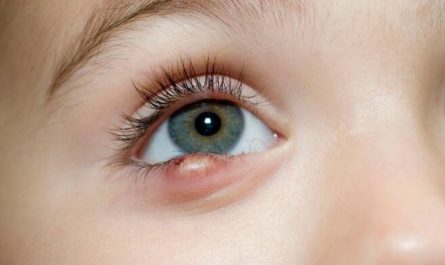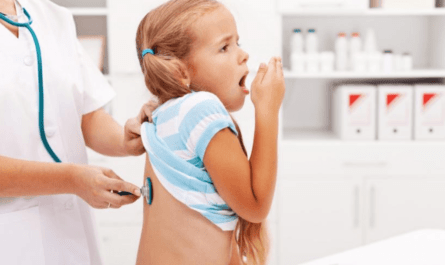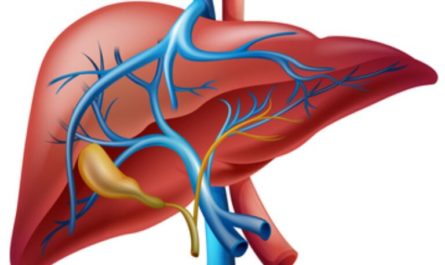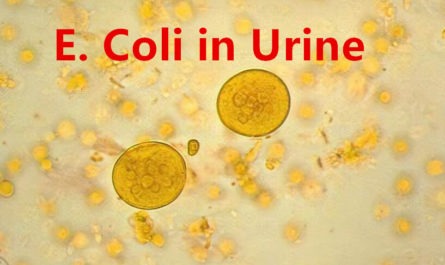White spots on the lips can be a perplexing and concerning issue for many people. These spots, which can range in size and shape, may appear suddenly or gradually. It can be accompanied by other symptoms like dryness, itching, or burning sensations. While these spots are often harmless, sometimes they may indicate underlying health conditions. Understanding the causes of white spots on the lips can help obtain timely treatment. This article will explore common causes of white spots with effective treatment options.
Symptoms of White Spots on Lips
Identifying white spots on your lips is crucial for understanding whether you are affected by Fordyce spots. Here are some common symptoms associated with this condition:
- Small, white, or pale bumps on the lips
- Clustered or scattered distribution of spots
- Typically painless or minimally uncomfortable
- No significant changes in size or appearance over time
- Spots are more noticeable during dry or cold weather conditions
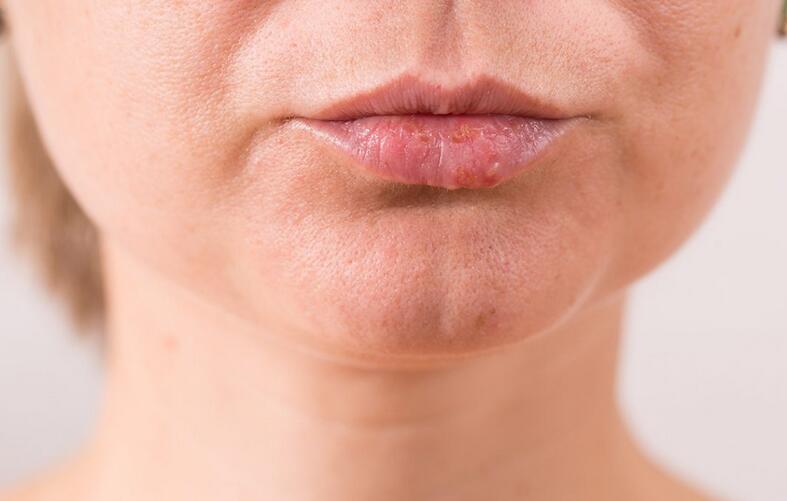
What Causes White Spots on Lips?
Some of the most common causes of white spots on lips include:
1. Fordyce spots
Fordyce spots are small, raised, white, or yellowish bumps that can appear on the lips, as well as other areas of the body like the cheeks, genitals, and even the eyes. These spots are enlarged sebaceous glands. They are responsible for producing the oils that keep our skin and lips moisturized.
Fordyce spots are completely harmless and are not associated with any underlying health issues. They are not contagious and do not cause any pain, itching, or other symptoms.
2. Lip sunburn
Just like the rest of our skin, our lips are susceptible to sunburn when exposed to UV rays for prolonged periods. This can cause the lips to become red, swollen, and painful, and may lead to the development of white spots as the skin begins to heal.
Lip sunburn is most common during the summer months when the sun’s rays are strongest, but it can occur any time of year, particularly if you spend a lot of time outdoors or engage in activities like skiing or snowboarding. This can expose your lips to reflected UV light.
The best way to prevent lip sunburn is to protect your lips from the sun. You can wear a lip balm with an SPF of at least 30 and wear protective clothing like a wide-brimmed hat. If you do develop a lip sunburn, applying a cool compress and a moisturizing lip balm can help to soothe the skin and promote healing.
3. Dehydration
Dehydration occurs when your body loses more fluids than it takes in. This will lead to a range of symptoms like fatigue, headaches, and dry mouth. When your lips become dehydrated, they may develop white patches or spots as the skin becomes dry and begins to crack or peel.
Dehydration can be caused by a variety of factors. This includes not drinking enough water, excessive sweating, diarrhea, and certain medications that can cause dry mouth as a side effect.
To prevent dehydration and keep your lips healthy and moisturized, it’s important to drink plenty of water throughout the day (aim for at least 8 glasses) and to avoid diuretics like alcohol and caffeine.
4. Oral thrush
Oral thrush is a fungal infection caused by an overgrowth of Candida yeast in the mouth and throat. This overgrowth can cause white patches to develop on the lips and tongue. It may have other symptoms like redness, soreness, and difficulty swallowing.
Oral thrush is most common in infants, elderly individuals, and people with weakened immune systems, but it can affect anyone. Risk factors include the use of antibiotics, corticosteroids, or birth control pills, as well as certain health conditions like diabetes or HIV/AIDS.
If you suspect that you may have oral thrush, it’s important to see your doctor for a proper diagnosis and treatment. Treatment typically involves antifungal medications like fluconazole or nystatin.
5. Vitiligo
Vitiligo is an autoimmune disorder that causes the loss of skin pigment, resulting in the development of white patches on various areas of the body, including the lips. These patches occur when the immune system mistakenly attacks and destroys the melanocytes.
The exact cause of vitiligo is unknown, but it is believed to be a combination of genetic and environmental factors. It can affect people of all ages and skin types but is most commonly diagnosed in individuals under the age of 30.
While there is no cure for vitiligo, there are several treatment options available that can help restore skin pigment. These may include topical corticosteroids, light therapy, or skin grafting.
6. Vitamin deficiencies
Certain vitamin deficiencies, particularly those involving B vitamins and zinc, can contribute to the development of white spots on the lips. These nutrients play important roles in maintaining healthy skin and mucous membranes. A lack of them can lead to a range of symptoms, including dry, cracked, or discolored lips.
Vitamin B deficiencies can be caused by a variety of factors, including poor diet, alcohol abuse, and certain medications that interfere with vitamin absorption. Zinc deficiencies may be caused by inadequate dietary intake, as well as certain health conditions like Crohn’s disease or celiac disease.
If you suspect that a vitamin deficiency may be contributing to your white lip spots, it’s important to see your doctor for a proper evaluation and treatment plan.
Other Causes of White Spots on Lips
7. Cold Sores
Cold sores, also known as fever blisters, are a common viral infection caused by the herpes simplex virus (HSV-1). These fluid-filled blisters can appear as white spots on the lips and are often accompanied by pain, tingling, or burning sensations. Cold sores are highly contagious and can recur periodically.
8. Leukoplakia
Leukoplakia is the formation of thick, white patches on the lips or inside the mouth. While it can be harmless, leukoplakia can sometimes indicate a pre-cancerous condition. If you notice persistent white spots or patches on your lips, it’s important to consult a healthcare professional for evaluation.
9. Oral Lichen Planus
Oral lichen planus is a chronic inflammatory condition affecting the lips, mouth, and other mucous membranes. It typically presents white, lacy patches on the inner lining of the cheeks but can also involve the lips.
10. Mucocele
Mucoceles are small, painless, fluid-filled sacs that form on the lips or in the mouth. They occur when salivary glands become blocked or damaged, leading to the accumulation of saliva. Mucoceles can appear as white bumps on the lips and often resolve on their own.
11. Allergic Reaction
An allergic reaction to certain substances, such as lip balms, cosmetics, or medications, can manifest as white spots on the lips. This can occur due to irritation or inflammation of the skin. Avoiding the trigger and using hypoallergenic products can help prevent such reactions in the future.
12. Oral Herpes
Oral herpes, caused by the herpes simplex virus (HSV-1), can form white sores or blisters on the lips and mouth. These painful lesions can be accompanied by flu-like symptoms.
13. Oral Cancer
In rare cases, white spots on the lips can indicate oral cancer. It’s crucial to recognize other accompanying symptoms, such as persistent mouth ulcers, difficulty swallowing, or voice changes, and seek prompt medical attention if you experience any of these signs.
14. Oral HPV Infection
Infection with the human papillomavirus (HPV) can cause the development of white or grayish spots on the lips. HPV is a sexually transmitted infection that can increase the risk of oral and throat cancers. Vaccination against HPV can help prevent these infections and associated complications.
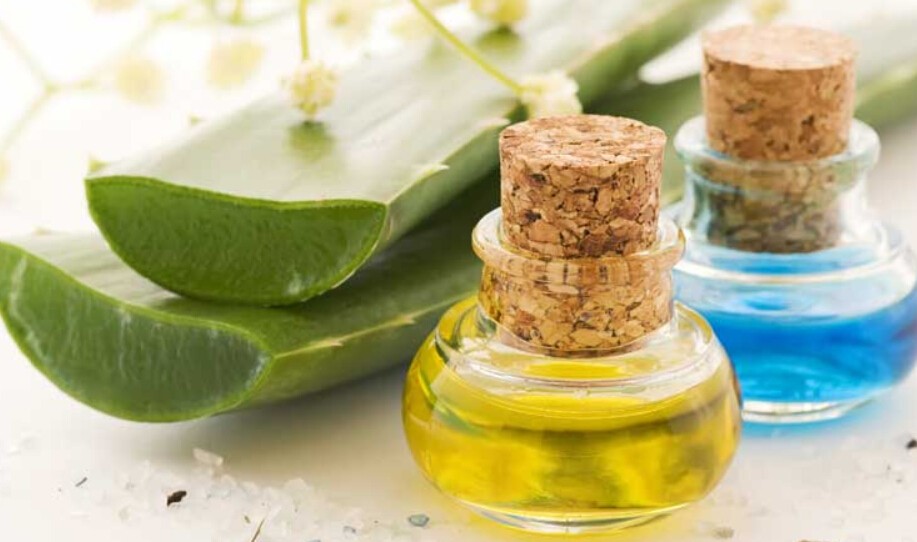
10 Best Home Remedies for White Spots on Lips
1. Aloe Vera Gel
Aloe vera gel is renowned for its healing properties and ability to soothe irritated skin. It contains compounds that promote skin regeneration and reduce inflammation, making it effective for treating white spots on the lips.
- Obtain a fresh aloe vera leaf and extract the gel by slicing the leaf open.
- Apply a small amount of the fresh gel directly onto the white spots on your lips.
- Leave it on for approximately 20 minutes to allow the beneficial properties of aloe vera to penetrate the skin.
- Rinse it off with lukewarm water.
- Repeat this remedy twice a day for a few weeks to see visible improvements in the appearance of white spots on your lips.
2. Coconut Oil
Coconut oil is a natural moisturizer that contains nourishing fatty acids. It helps to hydrate the lips, restore their natural moisture balance, and reduce the appearance of white spots.
- Take a few drops of coconut oil on your fingertips.
- Gently massage the oil onto your lips, ensuring even coverage.
- Leave it on overnight, allowing the oil to deeply moisturize your lips.
- In the morning, rinse off any excess oil with water.
- Repeat this process every night to keep your lips nourished and to minimize the visibility of white spots.
3. Lemon Juice
Lemon juice has natural bleaching properties due to its high concentration of citric acid. This acidity helps to lighten dark spots, including white spots on the lips.
- Squeeze fresh lemon juice into a small container.
- Using a cotton ball, apply the lemon juice directly to the white spots on your lips.
- Allow the juice to sit for approximately 10 minutes, ensuring it does not come into contact with broken or irritated skin.
- Rinse off the lemon juice with water.
- Remember to moisturize your lips afterward, as lemon juice can be drying.
- Repeat this remedy a few times a week, but be cautious not to overuse it, as excessive lemon juice application may irritate.
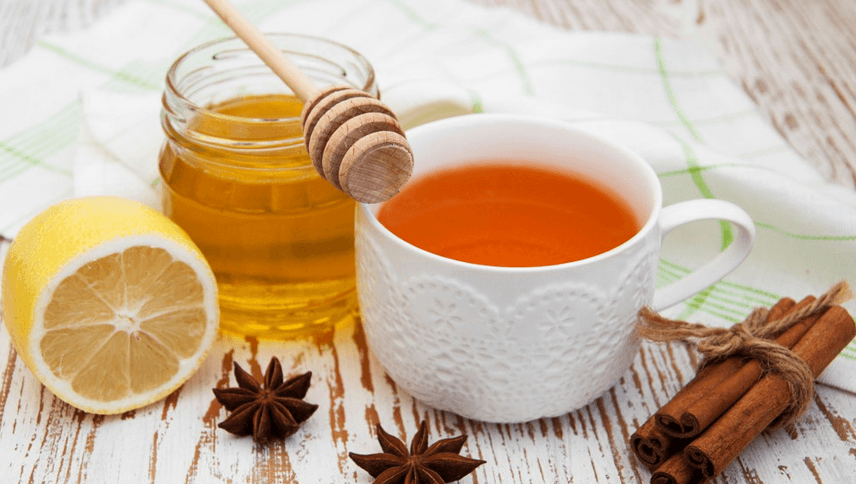
4. Honey
Honey is a natural humectant, meaning it attracts and retains moisture. It helps to moisturize and soften the lips, promoting healing and reducing the appearance of white spots.
- Apply a thin layer of honey to your lips, ensuring complete coverage.
- Allow the honey to sit on your lips for 15-20 minutes.
- Rinse it off with warm water.
- For optimal results, use honey as a lip mask daily to keep your lips moisturized and improve the texture and appearance of white spots.
5. Cucumber
Cucumber is rich in water content, vitamins, and minerals that hydrate and soothe the skin. It helps to reduce inflammation and lighten white spots on the lips.
- Slice a chilled cucumber into thin pieces.
- Take a slice and rub it gently on your lips for a few minutes.
- Allow the cucumber juice to dry on your lips.
- Rinse your lips with water.
- Repeat this remedy daily to keep your lips hydrated, and moisturized, and to diminish the appearance of white spots.
6. Tea Tree Oil
Tea tree oil possesses antifungal and antibacterial properties, making it effective against fungal infections that can cause white spots on the lips.
- Mix a few drops of tea tree oil with a carrier oil such as coconut oil or olive oil.
- Apply the mixture to the affected areas on your lips using a cotton swab.
- Leave it on for 15-20 minutes to allow the tea tree oil to penetrate the skin.
- Rinse it off with water.
- Use this remedy twice a day until the white spots diminish, but discontinue use if any irritation occurs.
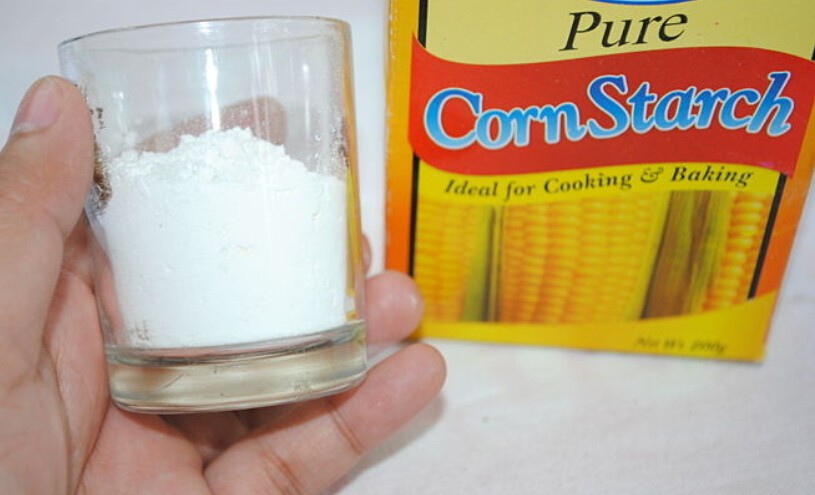
7. Baking Soda
Baking soda can act as an exfoliant, helping to remove dead skin cells and promote cell turnover. This reduces the visibility of white spots on the lips.
- Mix a teaspoon of baking soda with a small amount of water to form a paste.
- Gently massage the paste onto your lips for a minute or two, using circular motions.
- Rinse off the paste with warm water.
- Repeat this remedy once or twice a week to exfoliate your lips, minimize white spots, and promote healthier-looking lips.
8. Apple Cider Vinegar
Apple cider vinegar contains acetic acid, which helps restore the pH balance of the lips and reduce the appearance of white spots.
- Mix equal parts of apple cider vinegar and water in a small bowl.
- Dip a cotton ball into the mixture and apply it to your lips, focusing on the areas with white spots.
- Leave it on for 10-15 minutes.
- Rinse your lips with water.
- Be cautious while using apple cider vinegar, as it may cause a burning sensation on sensitive skin. If irritation occurs, discontinue use.
9. Papaya
Papaya contains enzymes, such as papain, that help lighten the skin and reduce the appearance of white spots on the lips.
- Mash a ripe papaya until it forms a smooth paste.
- Apply the papaya paste as a mask on your lips, ensuring even coverage.
- Leave it on for 15-20 minutes.
- Rinse off the mask with lukewarm water.
- Regular use of papaya can help rejuvenate your lips and make them appear more even-toned.
10. Vitamin E Oil
Vitamin E oil is a potent moisturizer that nourishes the skin, promoting healing and reducing the visibility of white spots on the lips.
- Open a vitamin E capsule and extract the oil.
- Apply the oil directly to your lips, gently massaging it in.
- Leave it on overnight.
- Rinse off the oil in the morning.
- Regular use of vitamin E oil can promote healthy skin and diminish the appearance of white spots.
How to Prevent White Spots on Lips?
While treatment options are available for white spots on the lips, prevention is always the best medicine. Here are some simple steps you can take to help prevent white spots from developing in the first place:
1. Protect your lips from the sun
One of the most important things you can do to prevent white spots on your lips is to protect them from the sun’s harmful UV rays. This means wearing a lip balm with an SPF of at least 30 whenever you’re spending time outdoors, even on cloudy or overcast days.
In addition to using a lip balm with SPF, you can also protect your lips by:
- Wearing a wide-brimmed hat to shade your face and lips from the sun
- Seeking shade during the middle of the day when the sun’s rays are strongest
- Avoiding tanning beds and other sources of artificial UV light
2. Stay hydrated
Keeping your body and lips well-hydrated is another important step in preventing white spots and other types of lip damage. Aim to drink at least 8 glasses of water per day, and more if you’re engaging in physical activity or spending time in hot, dry weather.
In addition to drinking plenty of water, you can also keep your lips hydrated by:
- Using a humidifier in your home or office to add moisture to the air
- Avoiding hot, dry environments like saunas or steam rooms
- Limiting your intake of alcohol and caffeine, which can be dehydrating
3. Practice good oral hygiene
Maintaining good oral hygiene is essential for preventing oral thrush and other types of infections that can cause white spots on the lips. This means brushing your teeth at least twice a day with a fluoride toothpaste, flossing daily, and using an antiseptic mouthwash to kill harmful bacteria.
In addition to these basic oral hygiene practices, you can also:
- Replace your toothbrush every 3-4 months or sooner if the bristles become frayed
- Avoid sharing toothbrushes, utensils, or other personal items that could spread infection
- See your dentist regularly for checkups and cleanings
4. Eat a balanced diet
Eating a balanced diet that includes plenty of fruits, vegetables, whole grains, and lean proteins can help to prevent vitamin deficiencies that can contribute to white spots on the lips. Some of the best foods to include in your diet for healthy lips include:
- Citrus fruits like oranges and grapefruits, which are high in vitamin C
- Leafy greens like spinach and kale, which are rich in vitamins A and K
- Nuts and seeds like almonds and sunflower seeds, which are good sources of vitamin E
- Fatty fish like salmon and tuna, which are high in omega-3 fatty acids
In addition to eating a healthy diet, you may also want to consider taking a daily multivitamin to ensure that you’re getting all the nutrients your body needs for optimal health.
5. Manage stress
Finally, managing stress is an important part of preventing white spots on the lips and maintaining overall health and well-being. Chronic stress can weaken your immune system and make you more susceptible to infections and other health problems.
To manage stress, try incorporating some of the following techniques into your daily routine:
- Practice deep breathing or meditation to calm your mind and body
- Exercise regularly to release endorphins and reduce stress
- Get plenty of sleep each night to help your body recover and recharge
- Connect with friends and loved ones for social support and stress relief
- Engage in hobbies or activities that bring you joy and relaxation
By making stress management a priority, you can help keep your body and mind healthy and reduce your risk of developing white spots on your lips and other stress-related health issues.
When to See a Doctor?
While white spots on the lips are often harmless and can be managed with at-home treatments, there are some cases where it’s important to see a doctor for further evaluation and treatment. You should make an appointment with your healthcare provider if:
- The white spots are accompanied by pain, itching, or burning sensations that are severe or persistent
- The spots are spreading rapidly or getting worse over time, despite at-home treatment efforts
- You have difficulty eating, drinking, or speaking due to the spots or associated symptoms
- Home treatments haven’t helped, and the spots have persisted for more than a few weeks without improvement
- You suspect the spots may be a sign of an underlying health condition, such as oral thrush or vitiligo

